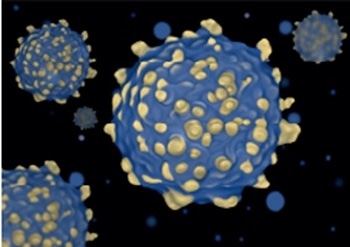Postnova Analytics reports how its latest generation of Asymmetrical Flow Field Flow Fractionation (AF4) systems are providing labs worldwide with a uniquely powerful technique to characterize and quantitate virus and virus-like particles.
 Virus and virus-like particles are widely used in the healthcare industry for vaccination via immune response stimulation. Because these particles are to be injected into patients there is a critical requirement for a technique that allows detection and separation of the monomeric, oligomeric and aggregated species in a typical formulation.
Virus and virus-like particles are widely used in the healthcare industry for vaccination via immune response stimulation. Because these particles are to be injected into patients there is a critical requirement for a technique that allows detection and separation of the monomeric, oligomeric and aggregated species in a typical formulation.
While Size Exclusion Chromatography (SEC) has been a traditional analytical technique used for this application it has significant limitations relating to the size exclusion limit of the separation column that restricts the upper molar mass and particle size range that can be measured.
By comparison, Asymmetrical Flow Field Flow Fractionation (AF4) is an advanced separation technique that can address the problems associated with SEC. In AF4, an open, unpacked separation channel is used in place of a packed column. The absence of a stationary phase in AF4 systems results in the ability to use a wider range of solvents, elimination of SEC shear force and matrix interaction effects as well as the ability to separate particles over a very wide size range, from 1 nm up to above 1 µm. These capabilities enable AF4 to provide a complete picture of virus and virus-like particles including monomer content, insoluble and soluble aggregates, as well as the subvisible particle fraction.
For a copy of a new application study describing the separation and characterisation of adeno associated virus serotypes by AF4 please visit https://bit.ly/2SXdyPj.